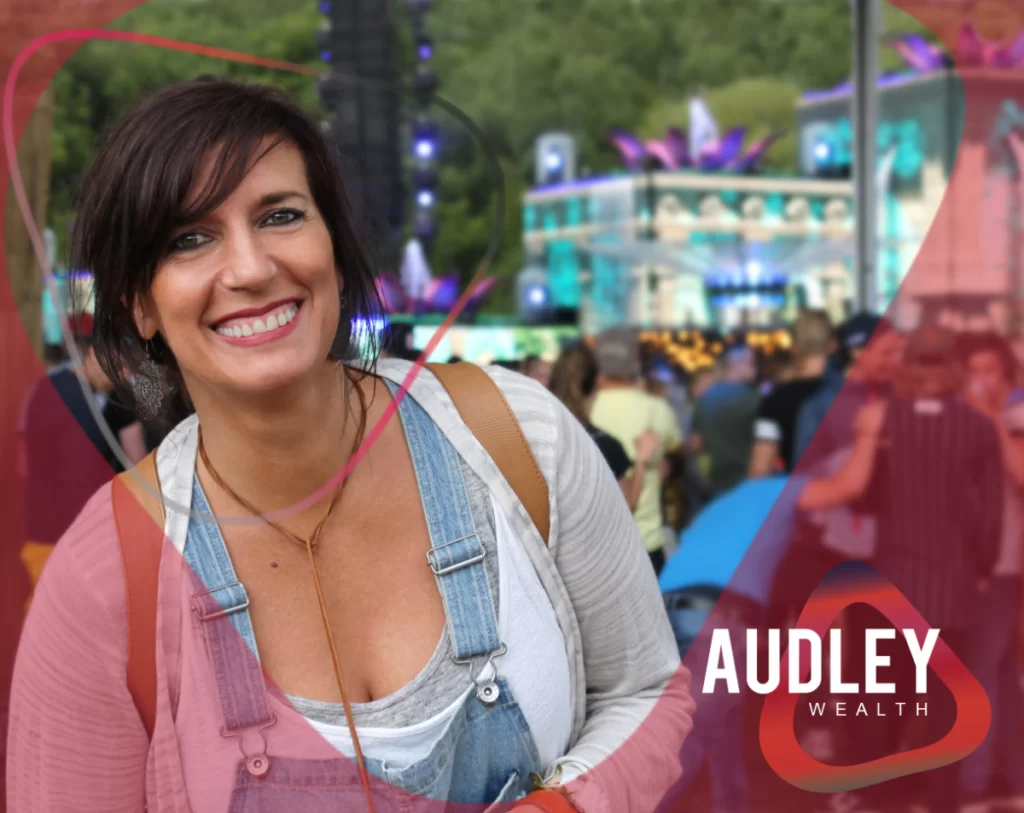
An Introduction to ISAs
An Introduction to ISAs – Getting to grips with the basics
If you’re thinking about saving or investing, it can be difficult to decide on the best place to put your money. There are hundreds of different accounts on offer from banks, building societies and investment companies. So how do you make your choice? For many people, taking out an ISA (Individual Savings Account) can be a good place to begin.
WHAT ARE ISAS?
An ISA is a simple, tax-efficient way to save or invest. The advantage of these types of account is that you don’t pay tax on the interest you earn, or the increase in value of your investments (no Capital Gains Tax to pay) and some deliver a government bonus. There are now several different types of ISA available, designed by the government to encourage people over 16 to save or invest for their or their children’s future.
WHAT TYPES ARE THERE?
The basic types of ISA are:
- Cash ISAs
- Junior ISAs
- Help-to-Buy ISAs (closed to new accounts from 30 November 2019)
- Stocks and Shares ISAs
- Lifetime ISAs
With a Cash ISA you never need to pay tax on the interest you earn on your cash.
Junior ISAs are a tax-efficient way to build up savings for a child and can be opened for any child under 18 living in the UK. The money can be held in cash and/or invested in stocks and shares.
Help-to-Buy ISAs are designed for first-time house buyers as a type of Cash ISA. When the money saved is used to complete a house purchase, the government adds a 25% bonus (up to a maximum bonus of £3,000). The Help to Buy ISA closed to new accounts on 30 November 2019. If you opened a Help to Buy ISA before 30 November 2019, you
will be able to continue saving into your account until November 2029.
With a Lifetime ISA (LISA) you are able to hold your money in cash or invest in stocks and shares. LISAs are designed for those aged 18 to 40 wanting to save for their first home or retirement, with the added attraction that they can save until they are 60 if they wish to. People under the age of 40 are able to contribute up to £4,000 in each tax year. Government bonuses apply up to age 50.
If you choose a Stocks and Shares ISA, there is no Capital Gains Tax and no tax on dividend income. ISA dividends have no impact on the dividend allowance.
HOW MUCH CAN I SAVE IN AN ISA?
The ISA allowance is a generous £ 20,000 for the 2022-23 tax year. You can put all the £20,000 into a Cash ISA, or invest the whole amount into a Stocks and Shares ISA or Innovative Finance ISA. You can also mix and match, putting some
into cash, some into stocks and shares and the rest into innovative finance if you wish. However, the combined amount can’t exceed your annual ISA savings allowance (£20,000).
In the 2022-23 tax year, £9,000 can be saved in a Junior ISA.
With a Lifetime ISA, if you are aged between 18 and 40, you can save up to £4,000 each year. The government then provides a 25% bonus on these contributions at the end of the tax year. This means that people who save the maximum each year will receive a £1,000 bonus each year from the government. Savers are able to make Lifetime ISA contributions and receive a bonus from the age of 18 up to the age of 50. Savers need to be aware of the risks associated with a LISA, early withdrawal charges,nrestrictions and accessibility.
We can help you make the right choice of ISA based on your age, the length of time you want to save for and your plans for the future. We can save you time and make recommendations that are right for your personal financial circumstances.
SHOULD I OPT FOR CASH OR SHARES?
Cash is solid and reliable, and with a Cash ISA you are guaranteed to get back all the money you have put in – but with interest rates continuing to remain low, there is a risk that inflation will erode the value of the money saved over time.
If you are able to lock your money away for a reasonable amount of time – a minimum of five years for example – it is often better to invest in stocks and shares which historically have offered a better return. Unlike cash savings, money invested in stocks and shares rises and falls in line with what is happening in financial markets. So the value of your investment can go up and down.
Given that you can put your money into both Cash, and Stocks and Shares within an ISA, people often find this a tricky decision to make. This is where we can offer practical help and guidance based on your attitude to risk, and the length of time you have to
save or invest.
CAN I HAVE MORE THAN ONE ISA?
You can have multiple ISAs, but you can only open and subscribe to one Cash ISA and one Stocks and Shares ISA per tax year. However, you can’t exceed the combined allowance, which for tax year 2022-23 is £20,000. You can continue to hold ISAs set up in previous years.
DO I LOSE THE TAX BENEFITS IF I TAKE MONEY OUT?
ISAs can be flexible, which means that if the account terms allow, you can take cash out and put it back during the same tax year without reducing your current year’s allowance and without losing the tax benefits.
DO I INCLUDE MY ISA ON MY TAX RETURN?
No, there is no requirement to do this under current tax rules. You don’t need to declare income and capital gains from ISA savings or investments on your tax return.
ISA Top Tips
REMEMBER, CASH IS NOT RISK FREE
With interest rates currently low, there is a risk that over time inflation will erode the buying-power of your savings. You can hold a wide variety of assets in an ISA. We’ll explain these options to you.
THINK ABOUT YOUR TIME HORIZONS
If you intend to save or invest into an ISAnover the longer term, say five to ten years, then you may want to consider investing rather than saving in cash, giving your money more time and scope for growth.
CONSIDER INVESTING MONTHLY
If you’re thinking of putting your ISA subscription into the stock market, but are worried about the volatility that stocks and shares can sometimes experience, then you can always choose to make regular contributions. By making regular contributions, returns are smoothed over the longer term, with the objective of hedging the risk of a falling market over time. This simple concept is known as ‘pound-cost-averaging’ and is based on the principle that when markets are low, your set amount buys more shares or units, and when markets are high it buys fewer.This investment philosophy offers the opportunity to make inevitable market fluctuations work in your favour; by gradually drip feeding money into the market over a longer term, you can reduce the impact of market timing and volatility on purchase prices.
DON’T FORGET YOUR PENSION
Both ISAs and pensions are forms of tax wrapper that offer valuable tax concessions. One of the key differences between ISAs and pensions is that contributions to ISAs are made from taxed income, while those made to pensions are not. Savers contributing to a pension within HMRC annual and lifetime allowances receive tax relief at the same rate they pay income tax. With a pension, you can’t generally access your money before you are 55. For many people, contributing to an ISA and a pension makes good financial sense.
GET GOOD ADVICE
ISAs have an important part to play in organising your money in a tax-efficient
way and making provision for the future. We can offer advice about the type of ISA that would work best for you, whether you’re investing for a child through a Junior ISA, or accumulating funds for future goals such as a comfortable retirement.
WE’RE HERE TO HELP
We’re only a phone call away, so if you have queries or would like to discuss the different
types of ISAs and consider what would work best for you or your family, please do get in touch.
* It is important to take professional advice before making any decision relating to your personal finances. Information within this document is based on our current understanding and can be subject to change without notice and the accuracy and completeness of the information cannot be guaranteed. It does not provide individual tailored investment advice and is for guidance only. Some rules may vary in different parts of the UK. We cannot assume legal liability for any errors or omissions it might contain. Levels and bases of, and reliefs from, taxation are those currently applying or proposed and are subject to change; their value depends on the individual circumstances of the investor. No part of this document may be reproduced in any manner without prior permission.









